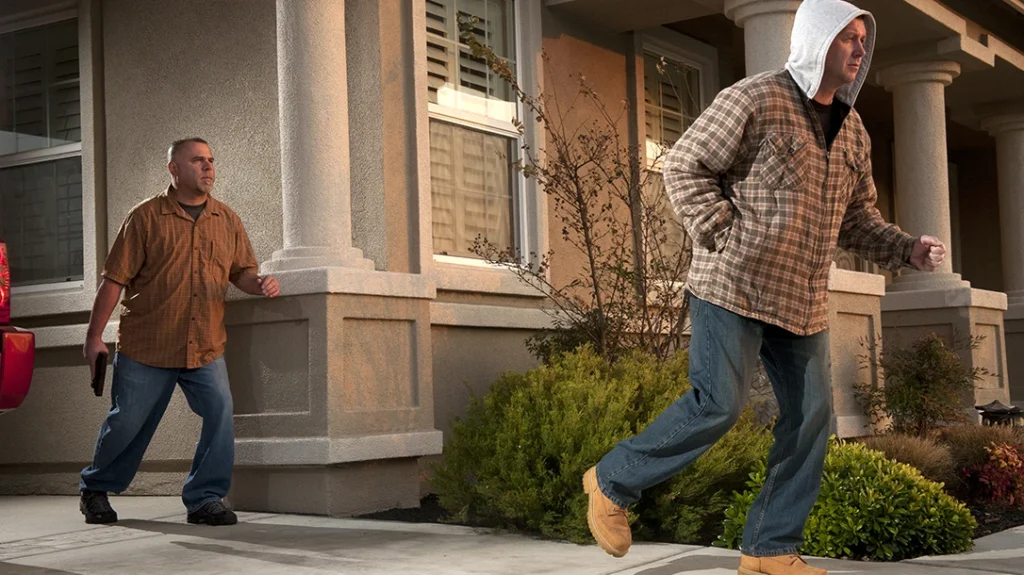The revolver, with its timeless design and reliability, holds a special place in the realm of firearms. Whether you’re a seasoned shooter or a beginner looking to delve into the world of wheel guns, mastering the fundamentals of holding and operating a revolver is essential for safety and accuracy. Unlike modern semi-auto pistols, the revolver requires a little different technique. Let’s take a look at the fundamentals of how to operate a revolver properly.
How to Properly Operate a Revolver
The foundation of running a revolver begins with the grip.
Start by positioning your dominant hand high on the grip, ensuring a firm grasp without exerting excessive pressure. Your index finger should rest along the side of the frame, above the trigger guard, maintaining a safe distance from the trigger until you’re ready to fire.
Advertisement — Continue Reading Below

Next, wrap your non-dominant hand around the dominant hand, ensuring that the fingers lay on top of the dominant hand. This two-handed grip provides stability and control, minimizing recoil and facilitating accurate shot placement.
The biggest difference between a revolver and standard semi-auto pistol shooting is thumb placement. With a revolver, we need to be conscious of the hot gasses that will be exiting the cylinder when the gun is fired. Depending on the caliber, these gases have enough power to severely injure your fingers.
Advertisement — Continue Reading Below

The most common technique is to cross the support side thumb on top of the strong side thumb almost directly under the revolver’s hammer. This will make certain your fingers are safe when the gun is fired.
Revolver Actions
Revolver actions vary depending on the model. The two most common types are single-action and double-action.
Advertisement — Continue Reading Below
In single-action revolvers, the hammer must be manually cocked before each shot. However, double-action revolvers allow firing by simply pulling the trigger. For single-action revolvers, use your non-dominant hand to grasp the hammer and pull it rearward until it locks into place. Alternatively, some models feature a thumb spur for cocking the hammer.

Once the hammer is cocked, align the sights with your target and gently press the trigger to fire the round.
Advertisement — Continue Reading Below
In double-action revolvers, the trigger performs two functions: cocking the hammer and releasing it to fire the round. With your sights aligned on the target, apply steady pressure to the trigger while maintaining a firm grip on the revolver. Avoid jerking or flinching, as this can disrupt your aim and accuracy.

With a double-action revolver, you still have the option to cock the hammer as you do with a single-action. The benefit of this is a significantly lighter trigger pull weight. In a true double-action trigger press, trigger weight can range anywhere from 10 to as high as 15 pounds. With dedicated revolver shooters, this is just something they adapt to.
Advertisement — Continue Reading Below
This also brings up something very common in revolvers, and that is the absence of a safety. While some models have various safeties in the design, they are not the norm. With that, the harder trigger pull, in some ways, acts as a non-official safety and helps avoid a negligent discharge.
Smooth Trigger Press
To get the best accuracy out of your revolver, it is important to have a smooth trigger press. Revolvers, in most cases, have short barrels, thus reducing the sight radius. This makes hyper-accurate shooting even more difficult, and we once again rely on a smooth trigger action without a flinch.

Advertisement — Continue Reading Below
This is where cocking the hammer on a revolver can be helpful. Trigger pull weights can be cut in half, if not more, in some cases. This makes accuracy much easier to achieve.
The common thought with revolvers is that close fast shooting can be done in double action, but if a precision shot is required, it is time to cock the hammer.
Final Thoughts
The simplicity of the revolver makes it a popular gun even today in a time of almost space-age handguns. Regardless of which revolver you choose, you are highly encouraged to get professional training. Not only will this help you understand and be safe with the gun, it will also help you learn to run it fast and accurately.
Advertisement — Continue Reading Below

























